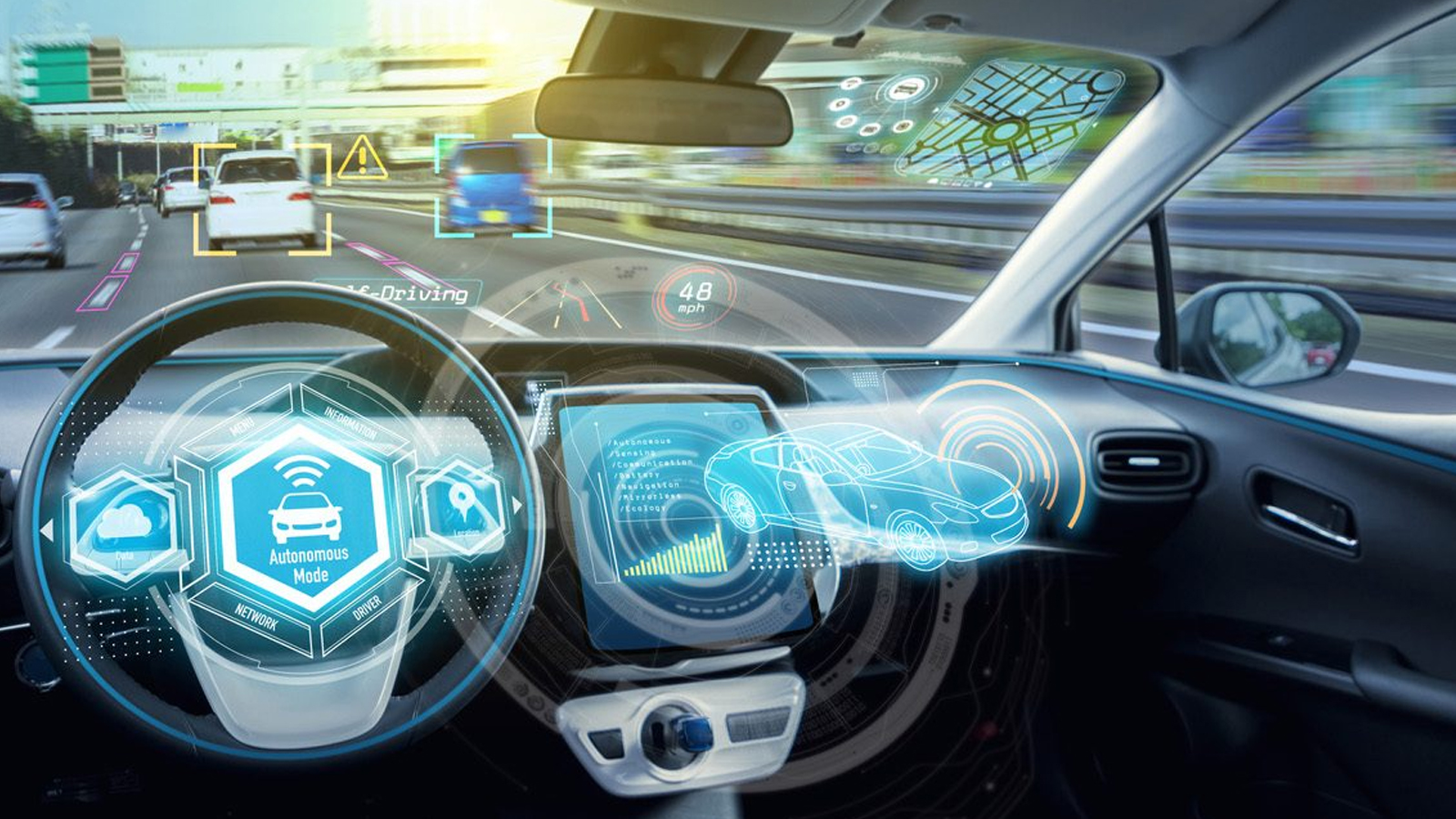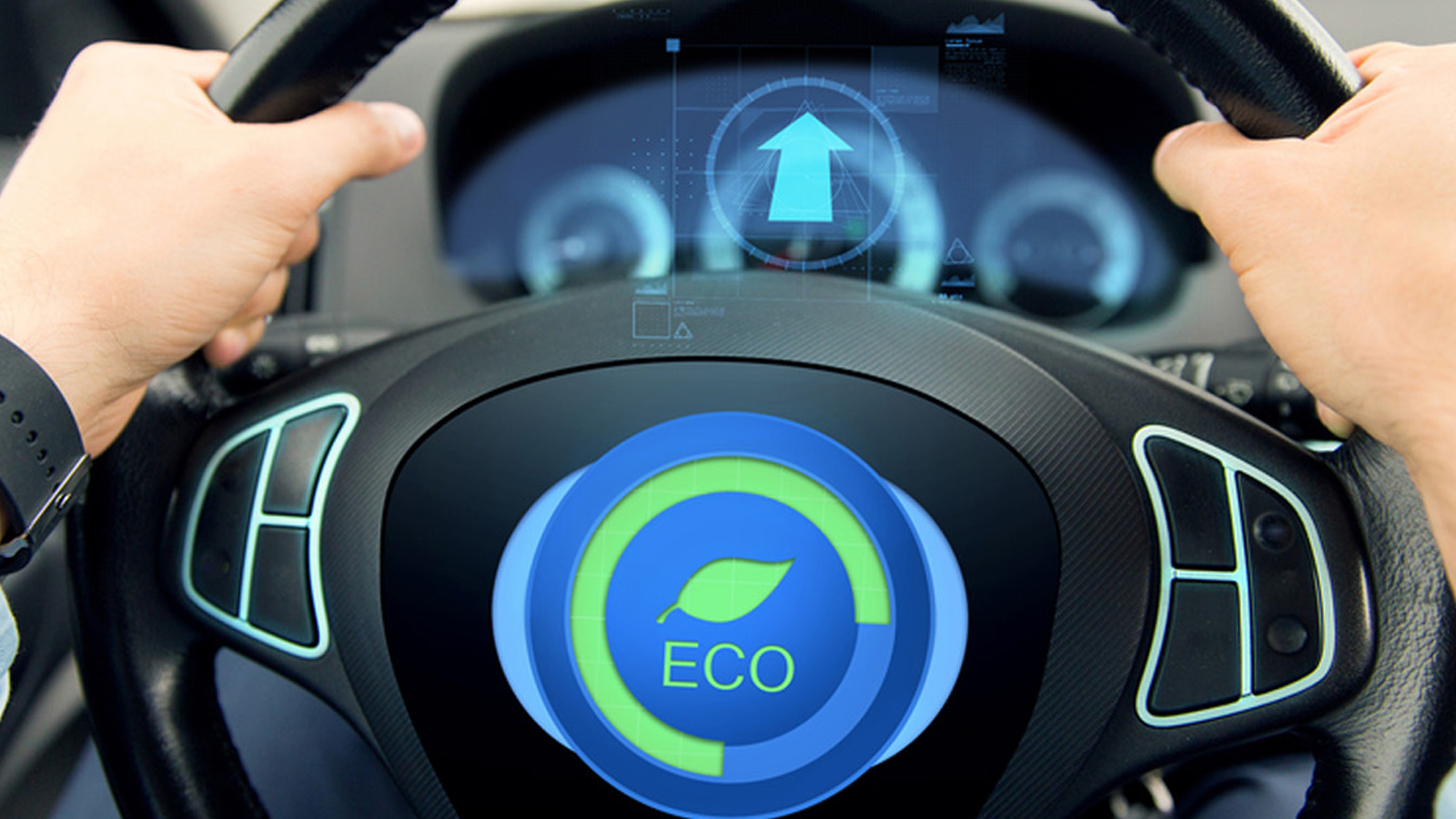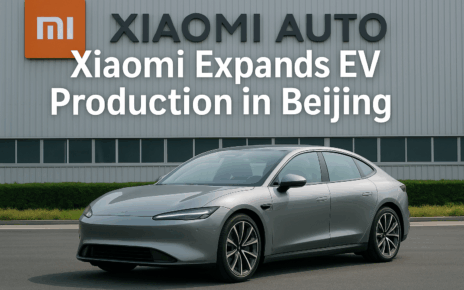Introduction to Driverless Car Technology
Imagine a world where cars drive themselves, whisking you from one destination to another without you lifting a finger. This futuristic vision is rapidly becoming our reality as driverless car technology continues to advance at an astonishing pace. With tech giants and automotive companies racing to perfect this innovative mode of transportation, the question on everyone’s mind is: how close are we to fully autonomous vehicles? In this blog post, we’ll explore the evolution of self-driving cars, their current state in the market, and what lies ahead for this groundbreaking technology. Buckle up—it’s going to be an exciting ride!
The Evolution of Self-Driving Cars
The journey of self-driving cars began in the 1920s. Early inventors experimented with radio-controlled vehicles, laying the groundwork for future advancements.
By the 1980s, researchers like Ernst Dickmanns took significant strides. His team created a car that could navigate on its own using computer vision and artificial intelligence. This was a game changer.
As technology progressed, so did the concept of autonomy. The DARPA Grand Challenge in 2004 reignited interest in driverless cars. Teams raced to develop reliable autonomous systems, pushing boundaries further than ever before.
Fast forward to today—tech giants and automotive manufacturers are racing against each other. Companies like Tesla and Waymo have developed sophisticated algorithms capable of real-time decision-making on busy streets.
With machine learning and sensor technology advancing rapidly, we’re witnessing an evolution that’s reshaping transportation as we know it.
Current State of Driverless Car Technology
The current state of driverless car technology is a blend of excitement and caution. Major tech companies and automotive manufacturers are racing to develop fully autonomous vehicles. These innovations include advanced sensors, artificial intelligence, and machine learning algorithms that allow cars to navigate complex environments.
Despite impressive strides, we aren’t quite at the finish line yet. Many vehicles on the roads today feature Level 2 automation, meaning they can assist with tasks like steering and acceleration but still require human oversight.
Testing continues in various cities around the globe. Some areas have seen successful pilot programs featuring self-driving taxis or delivery services. However, challenges remain regarding regulatory approval and public acceptance.
Real-world conditions often expose limitations in current technologies—like unpredictable weather or erratic human drivers—which drive ongoing research efforts aimed at enhancing safety measures for all road users. As development progresses, there’s plenty more to watch for in this rapidly evolving field.
Advantages and Disadvantages
Driverless cars offer numerous advantages that could reshape our transportation landscape. They promise increased efficiency, as algorithms can optimize routes in real-time. This technology may reduce traffic congestion and shorten travel times.
Additionally, self-driving vehicles have the potential to enhance road safety. Human error accounts for a significant percentage of accidents. With advanced sensors and machine learning, these cars aim to minimize such risks significantly.
However, challenges exist alongside these benefits. The technological reliability of driverless systems is still being tested under various conditions. Malfunctions or unexpected situations could lead to serious consequences.
Moreover, job displacement is a major concern for many workers in driving professions. As autonomous vehicles become prevalent, there may be fewer opportunities for traditional drivers.
Ethical dilemmas arise regarding decision-making in critical situations where harm is unavoidable—who takes responsibility? Balancing progress with caution remains essential as we navigate this evolving landscape.
Safety Concerns and Regulations
Safety concerns surrounding driverless cars are significant. As these vehicles operate without human intervention, the stakes are high. Issues such as software malfunctions or unexpected road conditions can lead to accidents.
Regulatory frameworks are still developing to address these challenges. Governments worldwide are working on establishing guidelines for testing and deploying autonomous vehicles. These regulations aim to ensure public safety while fostering innovation in the sector.
Public perception also plays a crucial role in shaping policy. Many people feel uneasy about sharing roads with self-driving cars, which can delay widespread adoption. Transparency from manufacturers is essential in building trust within communities.
Testing protocols must be rigorous and thorough before any vehicle hits public roads. The collaboration between tech companies, automotive manufacturers, and regulatory bodies will be vital in navigating this complex landscape of safety and regulation.
Future Outlook for Driverless Cars
The future of driverless cars is both exciting and complex. As technology continues to advance, we can expect significant improvements in artificial intelligence and machine learning systems. These innovations will enhance the ability of autonomous vehicles to navigate various environments safely.
Public acceptance remains a crucial factor. People need assurance that these vehicles are safe and reliable. Educational campaigns may play a key role in building trust among potential users.
Infrastructure will also evolve alongside self-driving technology. Cities may implement smart road systems, equipped with sensors and communication tools that interact seamlessly with autonomous cars.
Regulatory frameworks must adapt quickly to keep pace with technological changes. Policymakers face the challenge of creating laws that protect public safety while promoting innovation.
As collaborations between tech companies and traditional automakers grow, we might see accelerated developments leading us closer to fully integrated driverless transportation solutions.
Conclusion
The journey toward widespread adoption of driverless cars is a fascinating one. As technology continues to advance, we are witnessing rapid developments in self-driving capabilities and artificial intelligence. The evolution of these vehicles has been marked by significant milestones and challenges.
Currently, many tech giants and automotive manufacturers are actively testing their driverless car technologies on public roads. While the progress is undeniable, there remain hurdles to overcome before fully autonomous vehicles become commonplace.
Understanding the advantages—such as reduced traffic congestion and increased accessibility—is important. However, it’s equally crucial to weigh these benefits against potential disadvantages like job displacement for drivers.
Safety concerns continue to dominate discussions surrounding driverless cars. Regulatory bodies are striving to create frameworks that ensure safe integration into our transportation systems while addressing public apprehension about trusting machines with lives.
Looking ahead, the future seems bright yet cautious for self-driving technology. With ongoing research and development efforts focused on refining algorithms and enhancing vehicle communication systems, a new era of transportation could be just around the corner.
As society navigates this transformational shift in mobility, staying informed about advancements in driverless car technology will be key for both consumers and policymakers alike.



